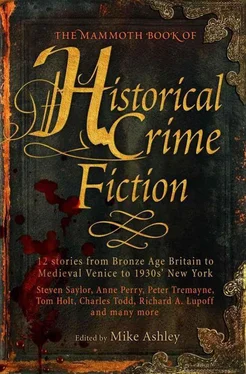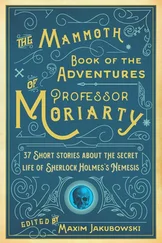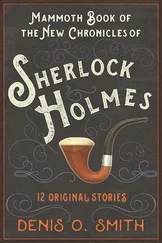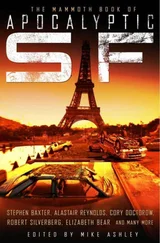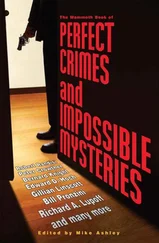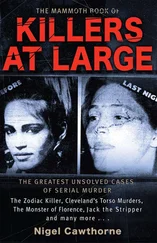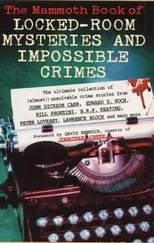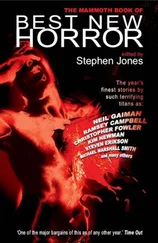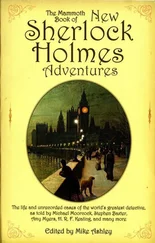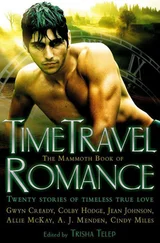I concluded by praising the energy and intelligence of my colleague, Orestes of Corinth, in the investigation. I had three copies made and sent one to Hiero as soon as the ink was dry.
* * *
What, after all, is truth? In a court of law, it’s a narrative of certain events which a majority of the jury believe to be accurate. In science, it’s a hypothesis that fits (or at least covers) all the known facts without contravening any of the established laws of nature. In mathematics, it’s the inevitable product of the component variables. In the subscience of history, it’s the most plausible explanation of the undisputed evidence. In diplomacy, it’s a version acceptable to both parties and incapable of being disproved.
* * *
Hiero sent my report to Rome, along with a request that the negotiations be resumed. The Romans replied with a new team of negotiators, headed by one Publius Laurentius Scaurus, a man of whom even I had heard.
“It’s an honour,” Scaurus said to me, having backed me into a corner at the official reception, “and a tremendous privilege to meet you. What can I say? You’re my hero. The greatest living philosopher.”
His breath smelt of onions. “Thank you,” I said.
“Your experiment with the golden crown — ”
“Actually,” I really didn’t want to hear him sing my praises, “I was rather taken with your latest effort. Mechanical advantage, wasn’t it? The application of balanced forces in opposing vectors?”
He blushed red as a winestain. “You’ve actually read my paper?”
“Of course,” I said. “Excellent work. And it happens to be a field in which I’ve dabbled quite a bit myself.”
“Dabbled,” he repeated. “You’ve only written the most significant monograph on the subject in human history. Your wonderful dictum — ”
I raised my hand, not really wanting to hear my wonderful dictum, but he ignored me. “‘Give me a firm place to stand’, you said, ‘and I can move the Earth.’ Inspirational.”
I shook my head. “I didn’t say that.”
“Excuse me?”
“What I said was,” I told him, “something along the lines of ‘if a fellow had a really solid place to stand on and a long enough bit of good, strong wood, there’s no reason I can see why he shouldn’t be able to move something really quite big.’ Not the same thing at all,” I added, smiling. “Actually, I prefer your version. Much neater.”
“Thank you,” he said, frowning. “Of course, my little paper’s really only a series of footnotes to yours. The truly groundbreaking conceptual thinking — ”
“You’re here as a negotiator?” I asked. “In place of poor Naso.”
He sighed. “A great man,” he said. “We miss him.”
“You read my report,” I said. “About his disappearance?”
He tried to look surprised. “That was your report? Well, I suppose I should’ve known. Very persuasive, of course, and the evidence presented with such clarity — ”
“It was signed,” I said. “Perhaps you didn’t read the first line.”
Eventually someone rescued me, and I hobbled away into a corner and hid behind a couple of tall colonels until we were called in to dinner.
* * *
On the first day of the negotiations, Scaurus raised the question of his predecessor’s death.
A report had been received, he said, in which King Hiero tried to make out that Naso had been, in effect, responsible for his own death; that he’d crept furtively away from a party held in his honour, somehow evading the guards provided at his own request for his own protection, scrambling over a high wall — which Caecilius Naso could never have done, he pointed out, having been severely wounded in battle in the service of his country, as a result of which he walked with a pronounced limp, something which anybody who had ever met him couldn’t possibly have helped noticing. The report, he went on, his eyes blazing with righteous indignation, was nothing less than an insult to the memory of a loyal and valiant officer, propagated by the very people who had brought about his death, in a callous attempt to disrupt the peace process which the Roman people had worked so hard to bring about.
I was there, at Hiero’s insistence. I got as far as opening my mouth, but then Scaurus started up again.
Fortuitously, he continued, a thorough investigation had been conducted by a team of dedicated Roman public servants, including Naso’s private secretary, the guard commander and a commission of officers of propraetorian rank — one of whom he had the honour to be. He was therefore in a position to prove that Naso was murdered, in cold blood, by a trained assassin acting on the orders of the criminal Agathocles, who in turn was carrying out the direct command of King Hiero himself, with the intention of subverting the peace process. The assassin, one Maurisca, a young woman of exceptional strength and agility, presently in custody in Rome, had been disguised as a flute-girl, in which guise she was introduced to Naso at the party. Naso, plied by his host with wine far stronger than that to which he was accustomed, was enveigled into following the assassin to the upstairs room of the house. There she murdered him. Then, with a view to covering up the crime and allowing Syracuse to evade the proper wrath of the Roman people, she proceeded to dispose of the body.
No doubt (this appalling man went on) the Syracusan delegates had read King Hiero’s so-called report; in which case, they must recall that the upper room of the house was some ten feet from a substantial fig tree, whose branches overhung the outer wall. What the report neglected to mention was the presence in the loft of a number of highly significant artefacts, amongst which: a cheese press of considerable weight — the long, stout handles used to turn the screw of the said press during the whey reduction process; a coil of strong, fine rope. These apparently mundane objects, he thundered, were all that were needed to construct a rudimentary but effective crane, by the use of which the assassin shifted Naso’s lifeless corpse through the open door of the upper room and into the branches of the tree. Thereafter, it was an easy matter for the assassin — previously trained as an acrobatic dancer — to leave the house, enter the courtyard, and, using the rope or a section thereof, lower Naso’s body over the wall, at a distance there from enabling her to escape detection. Continuing, she dropped from the tree to the ground and dragged the body over a paved pathway on which she knew no trace would be left, to some point nearby, where accomplices awaited her with a cart or some similar vehicle. Said accomplices proceeded to dispose of the body by breaking into the nearest warehouse and placing it in a large storage jar, possibly with the intention of returning later and recovering it for more permanent disposal. If that was their intention, presumably they were frustrated in it by the search of the neighbourhood insisted on by the Roman delegation.
And then the obnoxious Scaurus turned round and pointed straight at me, and went on: “You may feel, fellow delegates, that such an operation, such a feat of engineering, would be difficult to achieve. The Syracusans would, no doubt, like you to believe that it would be impossible. No doubt. I believe that the very complexity — I might say the implausibility of the scheme — was a fundamental part of its design. The Syracusans want you to believe that there was no way the body, once dead, could have been removed from that place; therefore, they argue, Naso must have left the house alive, in the manner they describe in the report. But, as we have seen, their explanation is not only highly unlikely, in the light of what we know of Caecilius Naso’s exemplary character, but actually impossible, because of his war wound. We have, of course, the evidence of the assassin herself, obtained and confirmed under torture before a magistrate. But even without her evidence, the matter speaks for itself. Having disproved the purportedly straightforward version offered by the Syracusans, we have no alternative but to conclude that Naso was dead when he left the house; in which case, it is an unavoidable conclusion that some form of mechanical artifice was used to remove him, and that artifice was constructed from the materials later found in the upper room. And if anybody wishes to argue that those materials were inadequate for the purpose, I say this: to any ordinary man — perhaps. To a trained engineer, even — quite possibly. But King Hiero of Syracuse has in his service the greatest living expert, fellow delegates, the world’s foremost authority on the use and application of levers and mechanical advantage; I refer, of course, to the universally acclaimed inventor Archimedes, son of Phidias, who is sitting before me as I speak; the man who once boasted, as I’m sure I need not remind you, ‘Give me a firm place to stand, and I can move the Earth’. Fellow delegates — ”
Читать дальше
